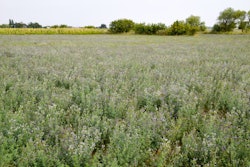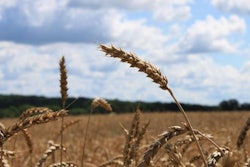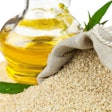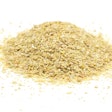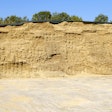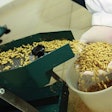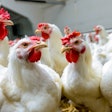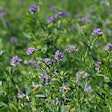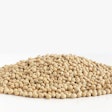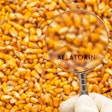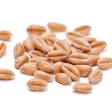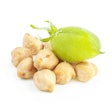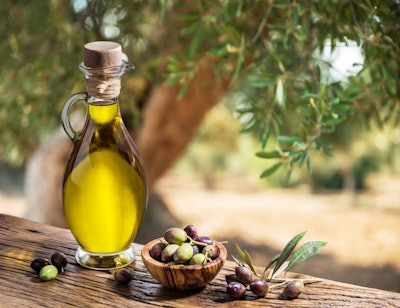
Although the majority of olive cake is consumed by ruminants, efforts are underway to create a value-added product for more expensive feed products for non-ruminants.
Olive oil is considered an integral part of the Mediterranean diet and cuisine and it is prized for its taste, superior cooking and eating characteristics and, of course, its health benefits as it is rich (more than 70%) in oleic acid, a monounsaturated fatty acid. In fact, olive oil is the richest source of this fatty acid, although other vegetable oils contain substantial quantities of it.
Olive oil is produced mainly in three countries: Spain, Italy and Greece. Although this oil can be extracted by the solvent extraction method, using such procedure defies the purpose of having an oil of such superior quality, and thus this debasing production method shall not be even considered as being untrue to the eclectic consumer. Indeed, the majority of olive oil is produced by the traditional mechanical extraction method, and the best of all is produced by cold pressing. In either case, the remaining olive cake is relatively rich in residual oil (slightly over 10%), but unfortunately it also contains the stones, which are highly lignified. Thus, olive cake usually contains almost 40% crude fiber, part of which is lignin (25%).
Common olive cake with stones is used almost entirely in diets for ruminants, and especially in diets for sheep and goats, as the major olive-producing countries are also major sheep- and goat-raising countries. Dairy and beef cattle will also consume olive cake, although the amount of oil ingested should be taken into consideration as ruminants, in general, should not be given too much oil in their rations. Efforts to feed olive cake to pigs have proved successful as it can be used in diets for gestating sows that require extra fiber in their feeds. Feeding olive cake in late-finishing pigs is a niche market producing meat of exceptional flavor. Unfortunately, this effort has not been marketed successfully or enough, but it produces a meat of superior eating quality. Otherwise, olive cake can be used in limited amounts in rabbit feeds that require extra lignin.
Another possibility is the removal of the stones (total or partial) after oil extraction (usually). This increases cost (significantly) but produces a totally different product that has much reduced levels of fiber (about 25%) and of course lower levels of lignin (20%). Although still high in fiber components, destoned olive cake can be used more freely in diets for pigs and rabbits (but not so in poultry), whereas it is an even more sought-after ingredient for ruminants. The lack of large centralized olive oil extraction plants (which is not necessarily a bad thing according to some consumer groups) does not allow for local investment on dehydration let alone destoning equipment. Thus, the majority of olive cake contains the stones along with the deoiled pulp, and it is offered fresh without even being dehydrated. This is why most of it is consumed locally and rapidly at small farms that usually pay nothing more than the transportation cost to help olive oil plants dispose of their waste material.
There are thoughts and efforts, however, to remove as much fiber as possible from olive cake by using special processes. This would create a superior product that could be sold with added value in diets that can afford higher margins, but such efforts remain in the development phase.

